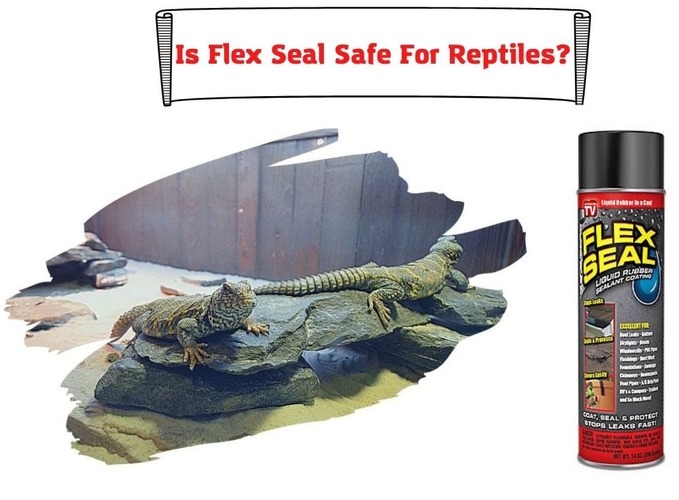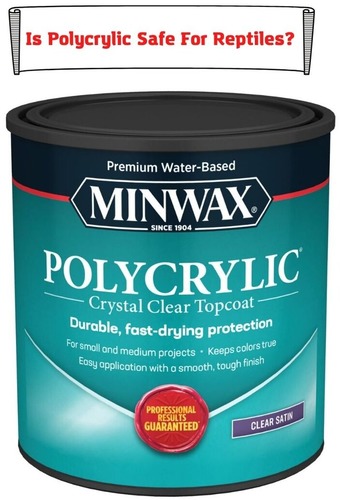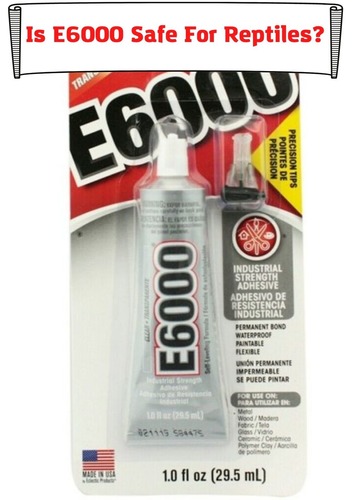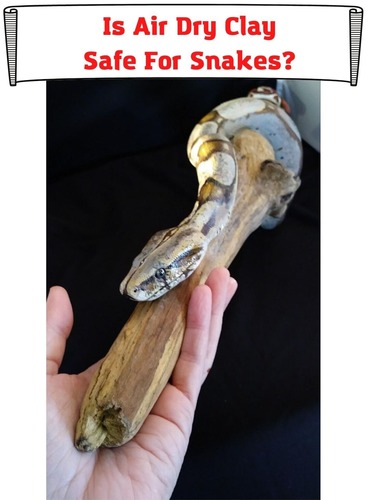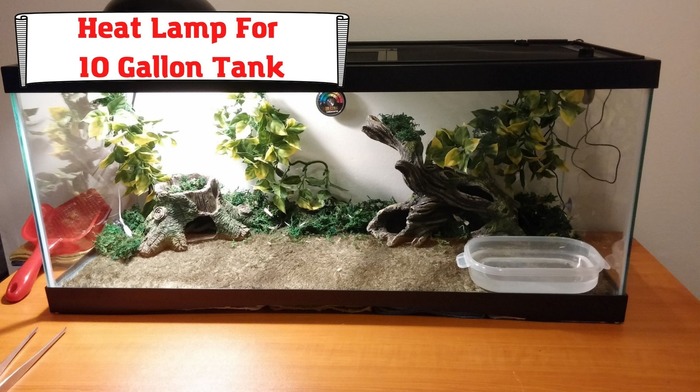
When it’s a 10-gallon critter tank, too much heat may cause health challenges for the animal. There are ways to achieve optimal heat for your animals. But how can you accomplish this important aspect of a setup without the proper guide for choosing the necessary equipment?
This article offers a great guide in choosing the right heat equipment for your 10-gallon tank.
Read through if you want to avoid the dangers of a heat lamp while ensuring the safety and comfort of your critters. This article discusses heat lamps, their place in lighting, guides, and a few important cautions for choosing the right equipment.
What Are Heat Lamps
Heat lamps are light fixtures that are focused sources of heat apart from the light they provide. They are usually used in cold places and critter tanks. Lamps are a creative and efficient way to keep your critters warm.
Heat lamps provide the heat needed by cold-blooded critters. They are used in places with heat generation requirements, such as animal enclosures. They provide heat fast and are economically efficient to use for short periods. They form a significant factor in the lighting system you choose for your reptiles.
Guide for Choosing The Right Equipment
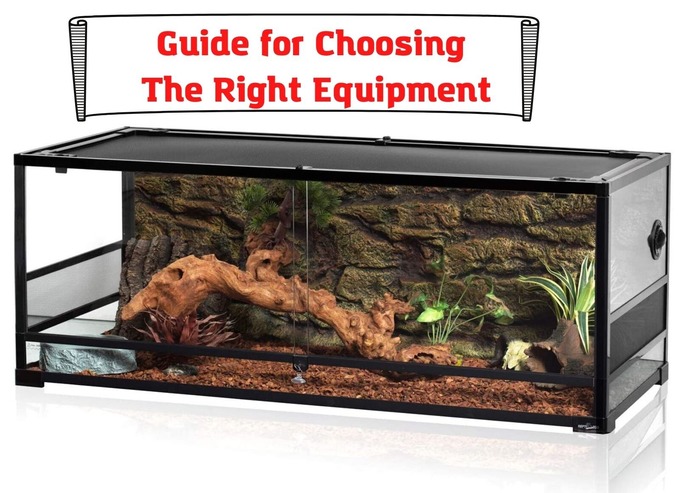
Heat levels for bulbs come in varying wattages to maintain optimum terrarium temperatures based on your particular reptile. But heat lamps are specifically designed to emit heat to mimic the sun’s natural heat.
Heat lamps differ from regular incandescent bulbs and other light sources which produce heat because they produce heat while consuming less power. This is important to note because it would be best to use them only in structures designed with fire-repellent materials.
Know the Right Heat Lamp for the Right Reptile
Choosing the right lamp will ultimately depend on the kind of critter you have and the characteristic of that critter. Some examples of heat lamps in the market include; ReptiHalogen, Medium, Repti Basking Spot Lamp, Repti Tuff Splashproof Halogen, Nocturnal Infrared Heat Lamp, Moonlite, and Ceramic heat lamps.
Heat lamps come in different types.
Visible daylight
This establishes a light cycle similar to the natural light cycle of their natural habitat. It would be best not to use it beyond ten to fourteen hours because you are attempting to simulate suitable cycles by species.
Nightlife light
This light distributes heat without any disruption in the sleep cycle of the critters. It ensures optimal heat for your critters all night long.
Basking Bulbs
They emit a concentrated beam of heat. This helps your critter keep its body condition within an active level.
Diffuse Bulbs
These bulbs deliver a less focused heat. They are great for mild heating of shelter areas.
UltraViolet B-rays light
These lights are efficient and known for producing Vitamin D3 in reptiles. This is important because it facilitates the absorption of calcium for strong bones.
UltraViolet A-rays light
These lights trigger appetites in reptiles. They also stimulate breeding and enhance natural behaviors.
Appreciate The Heat Needs Of Your Reptiles
Generally, for snakes, eight to twelve hours of daylight will do. It would be best to put off the white light and use an infrared light at night. Geckos are typically nocturnal. Hence, you do not need to use UVB lights. It would be best to use a nocturnal heat bulb at night. Ultraviolet B-ray light would be great for tortoises. You may do it for up to fourteen hours per day.
It would be best to check the specific requirements of your reptile to understand what equipment you need for the tank. But generally, you would need Ultraviolet B-rays and visible light to mimic daylight.
Analyze How The Light Affects Your Reptiles
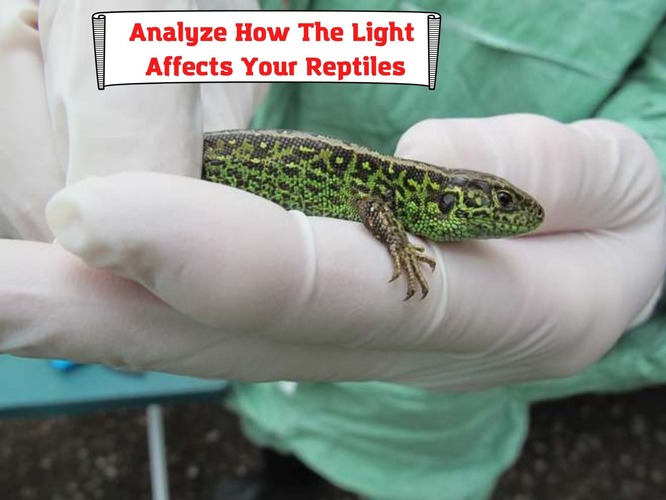
Visible Light
Visible lights illuminate the environment by mimicking daylight in the enclosures of your reptiles. The impacts of visible lights on your reptiles are similar to the impact of daylight on humans. It stimulates activity and certain behavioral patterns. So it would be best for the visible light to imitate the sun as much as possible.
It should not surprise you that lamps with low-level visibility will slow down the activities of your reptiles and cause a decline in behavioral patterns such as an appetite for food and usual activities.
It would be best to use a white light rather than a yellow one because white lights mimic the sun better. A bulb with a wider coverage would be better than focused light.
Ensure that not all the corners of the enclosure are illuminated. There should be some minimal shady areas. The reptile needs to find shade as it would naturally when it feels like.
Caution
Although you aim to provide bright white light, the intensity must not be so much that it irritates the eyes of the reptile. This would cause discomfort and may also trigger some undesirable behavior patterns. For a 10-gallon tank, it would be best to use a clamp to suspend the heat lamp. This is important because of the size of the tank.
UVB
Reptiles and many other critters require Ultraviolet B-rays lights for vitamin D synthesis and to produce calcium which is vital for strong bones. In many cases, artificial Ultraviolet B-rays have been found to be more effective and natural than vitamin D supplements for your reptiles.
Only lights designed for UVB specifically provide UVB, and the quality is usually directly linked to the price. The packages usually state whether the bulbs are UVB bulbs. They are typically more costly than normal bulbs you can use for basking.
Note that some heat lamps are produced with a safety coating over them. These safety lamps typically produce some amount of gas from the coating when burned, which can be fatal for your reptiles. It would be best to read the instructions of the coated heat lamps and abide by the warnings to prevent a case of fatality.
Consider The Peculiar Needs Of Your Tank
Safety is a priority when considering the equipment you need for your 10-gallon tank. It would be best to use a clamp to suspend the heat bulb from over the tank. This is important because of the size of the tank. If it were a bigger tank, you could fix the heat bulb inside the critter tank as there will be room for a protective mesh container inside which the heat bulb will be fixed and more room between the bulb and the reptile.
But for a 10-gallon tank, the same cannot be said of it. Putting a heat bulb inside a 10-gallon tank will reduce the space between the bulb and the critter. It will also reduce the space for a protective mesh which is advisable for the safety of your critter. So, it would be best to get a clamp set above the tank but affixed to a stand with an adjustment mechanism to regulate the distance between the heat bulb and the critter. The heat needs of a tortoise will be different from a snake’s, as highlighted above. Regulating the distance is important.
If you have to install the heat bulb in the tank, a basking bulb would be better. It would be best to install a small mesh protector to hold the bulb in place without hindering the dispersal of the heat. This is important because excitement may bring the critter in contact with the heat bulb while it is at its hottest. This will definitely cause some damage. But with a protective mesh cage closing the heat bulb, the injuries will be minimal, if there will be any at all.
Again, when it’s about the heat for your 10-gallon tank, a heat bulb is not just enough. You need a thermometer to monitor the temperature of the tank.
If you’re fixing a basking bulb in the 10-gallon tank, you’ll need a dimmer thermostat and a thermometer. This is important to control the temperature of the tank because basking bulbs usually emit more light and less heat. The thermometer will help you monitor how much heat your reptile is getting.
A mistake with a bigger tank may not be as dangerous as one with a smaller tank. The bigger tank, the more room for the reptile to move to a less uncomfortable part of the tank, pending when you detect its discomfort. But with a smaller tank, you may need a dimming thermostat to regulate the tank’s temperature so that the heat does not do more than warm the tank.
Note that the dimmer thermostat would be required when you install a basking bulb in the tank. If you opt for a clamp to suspend a heat bulb over the 10-gallon tank, a thermometer is all you’ll need. This is because if the thermometer shows that the heat is too much, all you’ll have to do is adjust the suspension to bring the heat bulb higher.
After installing your dimmer thermostat, it would be best to leave it for 24 hours after setting the dial. This will allow it to settle. Once it settles, change the dial to your preferred temperature setting but do not put your critter in the tank until you have had the temperature run consistently for at least 24 hours.
A digital thermometer will be great for monitoring the temperature. The size of the 10-gallon tank makes this very important.
Conclusion
Not all heat lamps are advisable for all critters. Some require minimum heat, while others are nocturnal and require heat without light at night. The size of a 10-gallon tank with a basking bulb inside or a heat bulb above it presents its safety challenges. This guide is guaranteed to help you ensure the safety of your reptiles.
- Dubia Roach Egg Sack: How To Understand if It’s Healthy? - January 2, 2023
- How To Feed African Dwarf Frog While on Vacation? - December 26, 2022
- Baytril for Bearded Dragon: Here’s What You Should Know - December 19, 2022
